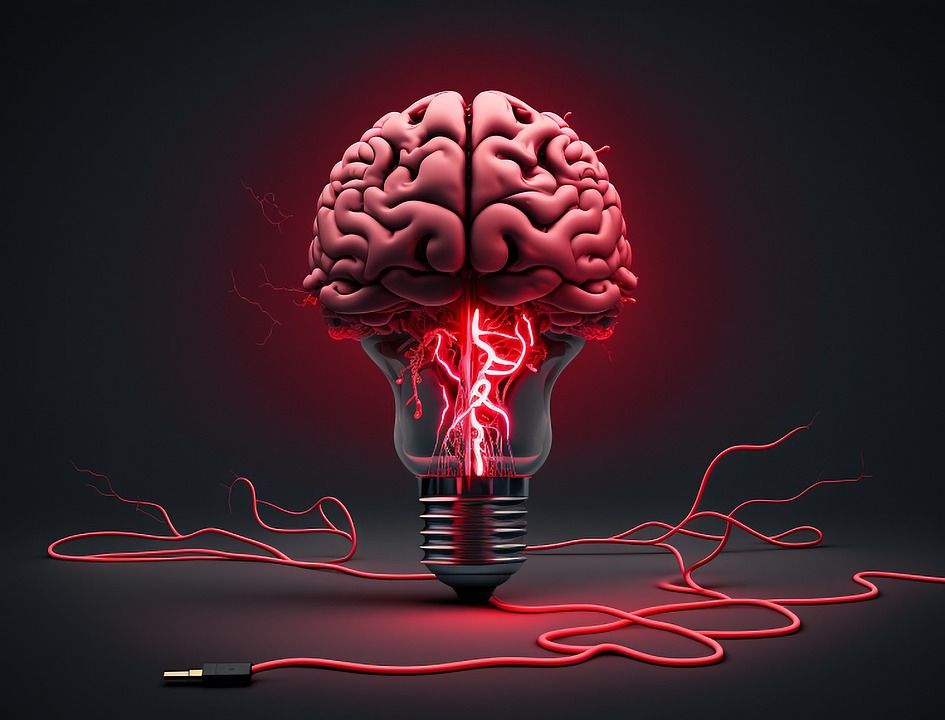
The world of design is ever-changing, and the creation of artificial intelligence (AI) has had a significant impact on the way designers approach their work. AI has not only made designs more efficient and effective but also opened up new avenues of exploration and innovation. Moreover, it has allowed for greater personalization of design experiences for customers and automation of routine processes. Here, we will take a closer look at how AI is transforming design thinking and reshaping the designer’s workflow.
Primarily, AI enables designers to create more efficient and effective designs. With the help of AI, designers can automate specific tasks such as optimization of designs or creating 3D models. This automation helps designers concentrate more on creativity rather than performing mundane tasks. AI can also study data and provide insights that help designers make better decisions. It can analyze customer feedback, for example, and present designers with valuable insights to improve the design.
Secondly, AI has allowed designers to explore new possibilities and ideas. AI facilitates generating new concepts and ideas, and designers can use it to explore various design options. It opens up the possibility of innovative solutions to design problems. Furthermore, by identifying trends and patterns in data, designers can create designs that are more aligned with customer preferences.
Thirdly, AI allows designers to create more personalized experiences for their customers. It can analyze customer data and provide insights into their preferences and behavior, allowing designers to create designs tailored to each customer. Instead of designing a generic layout that appeals to everyone, designs can be personalized to each individual’s taste. Additionally, AI can automate processes like creating personalized product recommendations or optimizing customer journeys.
Lastly, AI automates certain processes, such as creating 3D models or optimizing designs for better performance. This automation frees up time for designers to focus more on creative tasks. Furthermore, AI can study data and provide insights that help designers make better decisions.
In conclusion, AI has transformed design thinking and drastically changed the way designers work. By making designs more efficient and effective and offering new avenues of exploration, AI has opened endless possibilities for designers. Additionally, it has enabled personalized design experiences for customers and streamlined some routine processes, allowing designers to concentrate more on creativity. As AI continues to evolve, it will undoubtedly bring new possibilities for designers and revolutionize the design world.




